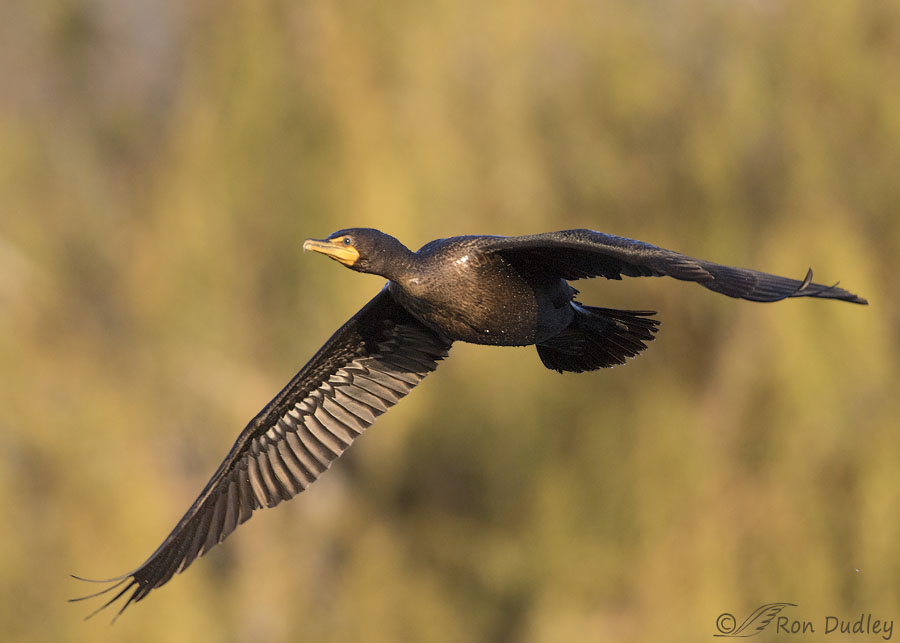
There are still some beautiful fall colors in the valley, especially when they’re bathed in warm morning or evening light, and late yesterday afternoon I actually succeeded in capturing some of them in the background of this four image series of a juvenile Double-crested Cormorant in flight.
Continue reading